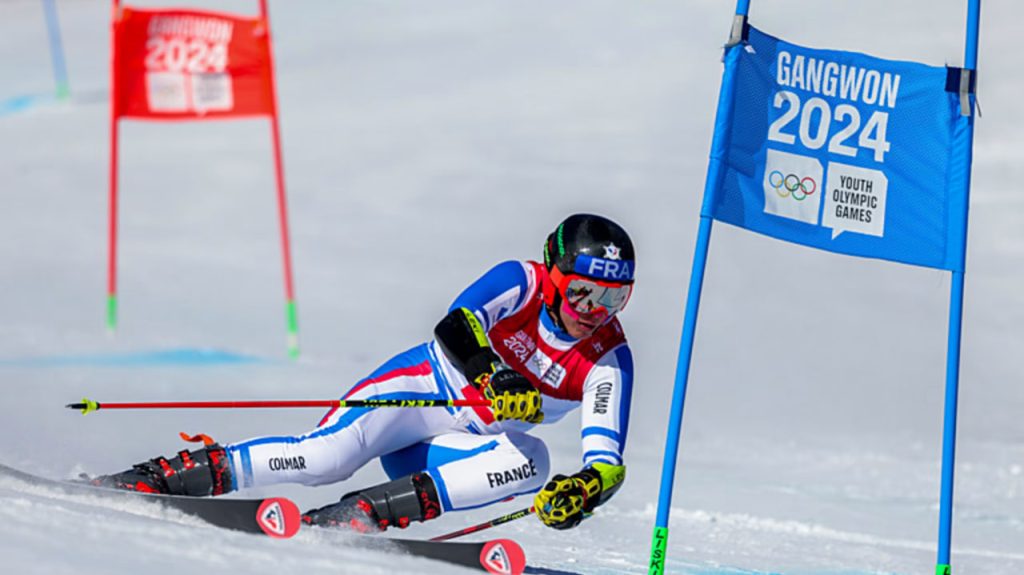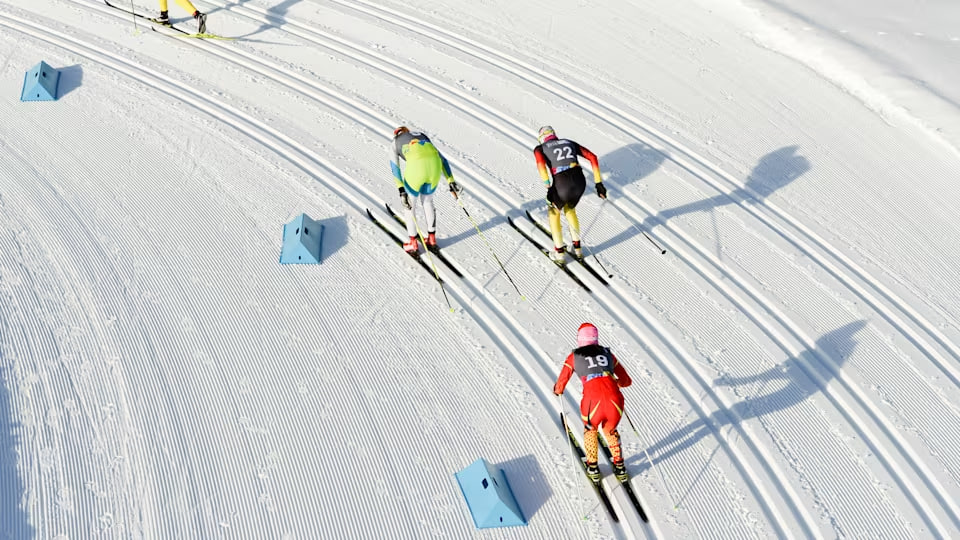Skiing serves as a recreational activity, sport, and means of transportation, requiring the use of long, flat runners called skis, which are attached to shoes or boots. In the realm of competitive skiing, there are various disciplines, including Alpine, Nordic, and freestyle events. Additionally, competitions are held for speed skiing and snowboarding.
Skiing enthusiasts often head to popular destinations such as Ski Bromont, known for its excellent slopes and facilities. Whether you’re an avid skier or a casual participant, the sport offers diverse opportunities for enjoyment and competition. The use of different skiing styles and techniques ensures that there is always something new to learn and master, making skiing a dynamic and engaging sport.

Follow 1xbet for more information related to skiing.
History of Skiing
Skiing has a rich history rooted in both practicality and warfare throughout various civilizations. Dating back to prehistoric times, early skis have been discovered in regions like Russia and northern Europe, showcasing their evolution from functional tools to recreational equipment. In ancient China during the Han dynasty, references to skiing highlight its widespread use across diverse cultures and climates where snow prevailed for extended periods.
Among the early adopters of skiing were the Sami people, who utilized skis for hunting, while Vikings integrated them into their daily lives from the 9th to the 11th century. The strategic advantage of ski troops in warfare became evident over centuries, with military manuals and competitions emerging by the 18th century. Skiing continued to play a crucial role in conflicts such as World War I and II, where troops relied on skis for reconnaissance and combat in snowy terrains.

The legacy of military skiing persisted beyond wartime, influencing the development of skiing as a recreational sport. Veterans returning from conflicts played a pivotal role in popularizing skiing worldwide, contributing to its evolution from a survival skill to a globally cherished pastime enjoyed in places like Ski Bromont and other renowned ski resorts.
Skiing for Recreation and Sport

Nordic Skiing
The origins of Nordic skiing trace back to the rugged landscapes of Norway and other Scandinavian regions, where it evolved into a diverse set of disciplines. Central to Nordic skiing are the cross-country races, featuring various styles and distances. Events such as relay races and the demanding Nordic combined—incorporating both cross-country racing and ski jumping—highlight the athleticism and endurance required in this traditional form of skiing.
Distinctive characteristics define Nordic skiing races, including staggered starts where skiers compete against the clock rather than each other. The evolution of skiing techniques, from classic styles following parallel tracks to the dynamic skating technique popularized by athletes like Bill Koch, has broadened the sport’s appeal and competitive dynamics. These innovations have shaped modern cross-country skiing, a cornerstone of winter sports celebrated globally.
Alpine Skiing
In contrast to Nordic skiing’s historical roots, Alpine skiing emerged in the majestic peaks of the Alps. Initially viewed with skepticism by Nordic purists, Alpine events like downhill racing gained recognition and integration into international skiing competitions by the early 20th century. Organized under the auspices of the Fédération Internationale de Ski (FIS), Alpine skiing has diversified into technical and speed events, each demanding unique skills and strategies.
The exhilarating slalom and giant slalom races challenge skiers’ precision and agility through tightly spaced gates, while the high-speed super-G and downhill races emphasize velocity and control on steep, unforgiving slopes. The Alpine combined event, blending elements of downhill and slalom, showcases the versatility and athleticism of skiers navigating varied terrains and course conditions.
Freestyle Skiing
Freestyle skiing represents the pinnacle of skiing’s artistic and acrobatic evolution. Evolving from its origins in European acro and ballet skiing, freestyle skiing today encompasses daring aerials, precise mogul runs, and expressive acrobatic routines. Athletes blend athleticism with creativity, executing flips, spins, and jumps with precision and flair on specially designed courses.
Each freestyle event—acro, aerials, and moguls—combines technical proficiency with artistic interpretation, evaluated by judges on criteria ranging from difficulty to presentation. This dynamic discipline continues to captivate audiences worldwide, showcasing skiing as both a competitive sport and a platform for artistic expression.
From its ancient origins as a mode of transportation to its modern-day status as a globally revered sport, skiing remains a testament to human ingenuity and athleticism, evolving across centuries to encompass a diverse array of disciplines that inspire and challenge athletes of all levels.



